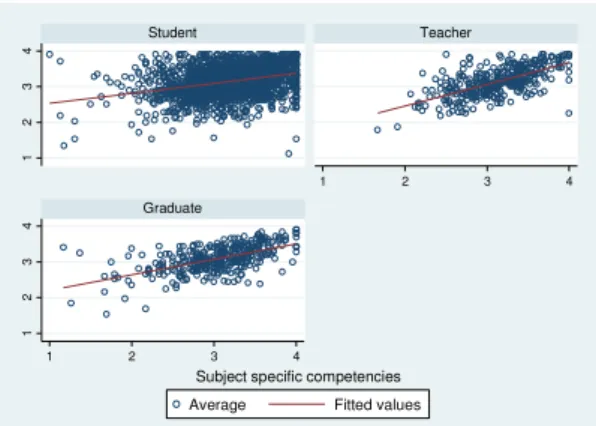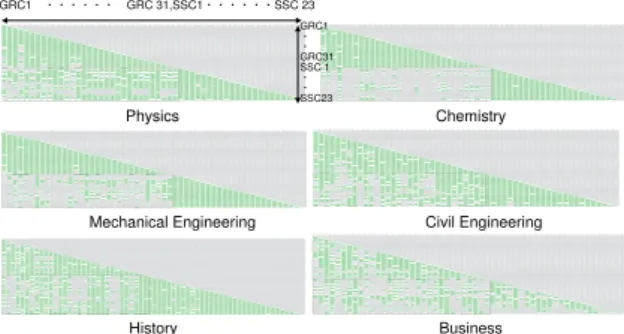Relationship between Subjectspecific and Generic Competencies: Evidence from a Survey on Japanese Universities,
全文
図


関連したドキュメント
The direction of the influence of relationship marketing to loyalty was positive, indicating that a better relationship between healthcare providers and patients
The aim of this pilot study was to measure PBDEs in serum samples from young Japanese males and to examine the relationship between serum PBDE levels and sperm quality.. MATERIALS
This paper considers the relationship between the Statistical Society of Lon- don (from 1887 the Royal Statistical Society) and the Société de Statistique de Paris and, more
Standard domino tableaux have already been considered by many authors [33], [6], [34], [8], [1], but, to the best of our knowledge, the expression of the
Research in mathematics education should address the relationship between language and mathematics learning from a theoretical perspective that combines current perspectives
The input specification of the process of generating db schema of one appli- cation system, supported by IIS*Case, is the union of sets of form types of a chosen application system
Laplacian on circle packing fractals invariant with respect to certain Kleinian groups (i.e., discrete groups of M¨ obius transformations on the Riemann sphere C b = C ∪ {∞}),
We prove that the spread of shape operator is a conformal invariant for any submanifold in a Riemannian manifold.. Then, we prove that, for a compact submanifold of a